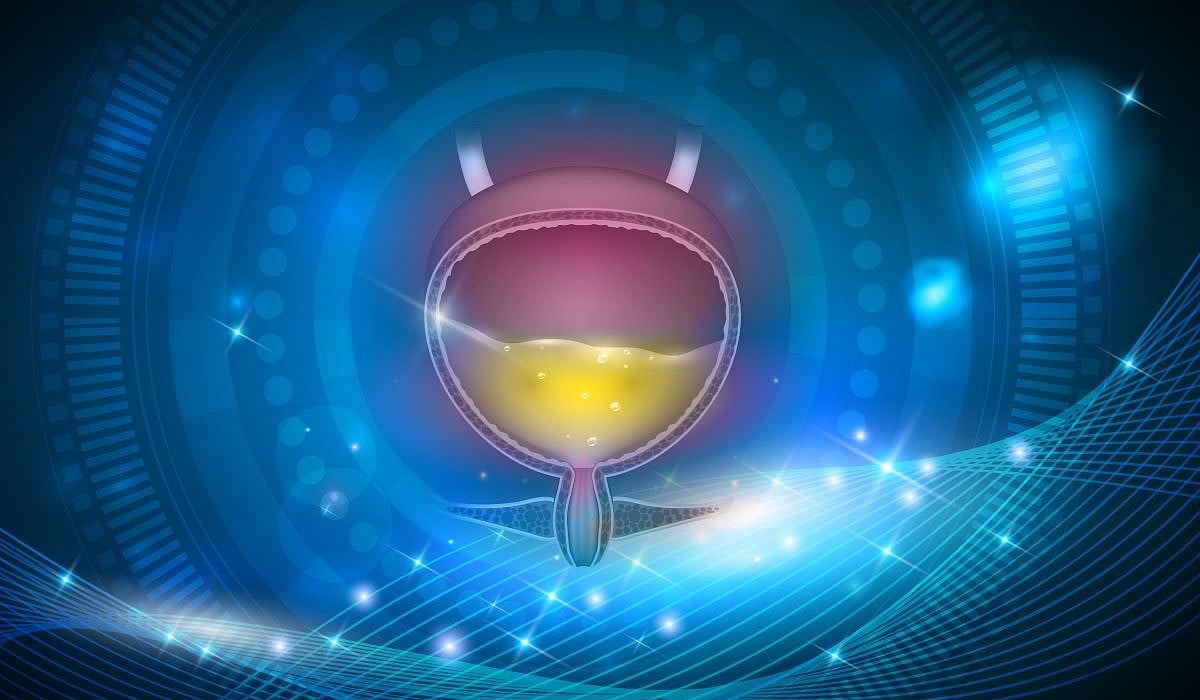No significant difference seen in urodynamic testing results between TPTNS and rTMS groups
By Elana Gotkine HealthDay Reporter
WEDNESDAY, May 7, 2025 (HealthDay News) — For female patients with multiple sclerosis (MS), transcutaneous posterior tibial nerve stimulation (TPTNS) and repetitive transcranial magnetic stimulation (rTMS) are comparable for neurogenic overactive bladder symptoms, according to a study published online April 11 in Neurodegenerative Disease Management.
Pınar Atak Çakir, from Istanbul Medipol University, and colleagues randomly assigned 16 female patients with MS with neurogenic overactive bladder to receive TPTNS or rTMS for a pilot study. Treatments were applied for a total of 10 sessions over two consecutive weeks.
The researchers observed no significant change within and between the TPTNS and rTMS groups in urodynamic parameters. Significant improvement was seen in nocturia frequency in the TPTNS group compared with the rTMS group based on an analysis of parameters from a three-day voiding diary. There were no significant between-group changes seen in Overactive Bladder Questionnaire-V8, Incontinence Severity Index, or Incontinence Quality of Life Scale parameters.
“The TPTNS and rTMS methods we employed for the treatment of neurogenic overactive bladder are advantageous in that they have no side effects and are easy to apply, and they are suitable treatment options for female patients with MS,” the authors write.
Copyright © 2025 HealthDay. All rights reserved.








